|
Sir Peter Blake's triptych "Appearing at the Royal Albert Hall" makes a great photo op when you're there, but once you get home, it's an interactive website that will tell you who all those people are and what they're famous for. Sir Peter Blake is famous for his Sgt. Pepper's Lonely Hearts Club Band album cover that he designed for the Beatles.
The Hall was Albert's idea, but he died in 1861 before it was even begun. Victoria raised $200,000 to build it. She started with the Albert Memorial that stands in front. It's ginormous and gold and she spent $120,000 on it, leaving almost nothing for the actual building.
Victoria needed to raise more money to build the concert venue. The man in charge of the architectural firm had the idea to pre-sell the seats for a 999 year lease for $20.00 each. The Queen bought 20 seats, and of course others followed suit and they eventually raised enough money to build the hall. Victoria herself laid the foundation stone, although they had to cover the finished statue of Albert in black drapes because Vicky was still in mourning and they didn't want her to have to see an image of him on her way to the ceremony. The RAH opened in 1871. Here's what it looks like on the outside.
They were setting up for a special concert that night, in honor of the 70th Anniversary of Israel and they were afraid of terrorism. So they wouldn't let us take any photos while we were inside, because it was considered a security risk. Luckily nothing bad happened while we were there or later that night. I checked.
Here's what it looks like on the inside. This photo is from their website.
Now go back and look at the roof in the photo above this one. The ceiling is made of steel beams and glass panels and if you're thinking that can't make for great acoustics, you'd be correct. The sound problem was immediately apparent so the engineers hung a canvas awning underneath the glass, which did help a bit by shielding patrons from the magnifying glass effect of the sun during daytime concerts, but didn't really do anything about the sound problem. The Hall was jokingly referred to "the only place where a British composer could be sure of hearing his work twice" referring to the horrible echo.
Funny story: During WW II the glass was painted black and coated with an anti-splintering varnish in an effort to preserve it during the blitz. Six months later, three different bomb blasts splintered most of the glass anyway. Luckily, the canvas awning was there to keep the glass splinters from falling on anyone below who might have been sheltering there during a blackout. After the war, the engineers would have been better off taking all the glass out and installing a more sound-friendly ceiling then, but no. Instead, in 1949, the canvas awning was replaced with fluted aluminium panels to help the acoustics, but that didn't really work either. It took another twenty years to finally fix the sound problem.
In 1969 they installed what we in the U.S. call "clouds" but the U.K. calls "mushrooms"hanging down from the aluminium plating. They are made of fiberglass and diffuse the sound, making the horrible echo a thing of the past. Suddenly, after almost 100 years of bad sound, the Royal Albert Hall was making beautiful music that you only heard once.
The Royal Private Entrance
The Royal Family has their own private entrance to the Hall. They let us take photos of all of this area of the building, which was really neat and apparently not a security threat. There are both stairs and a lift, but the Queen prefers the stairs. In fact she still took the stairs until two years ago, which is amazing considering she's 92. She takes the lift these days. We got to ride down on her lift after the tour. It has curtains.
The Royal Box
Elizabeth II inherited Victoria's 20 seats and she and her family still attend concerts. The ruling Monarch has a private box for some of those seats. The Queen comes every year to see the concert given in honor of her birthday, and she usually comes to any horse or dog shows, but that's about all she sees here anymore. We were told the royal grandchildren prefer to sit among the hoi polloi rather than in the box.
tHE Royal SittING ROOM
The Royal Family has their own private sitting room that they can hang out in that is stuffed with only the best in vintage Louis XVI furniture, William Morris wallpaper, Wedgewood dishes, crystal chandeliers, and other accoutrements. We were specifically told not to sit on any of the furniture or in fact touch it at all. The walls are adorned with family portraits starting with Vicky herself, and going on down the line to Liz and Phil. When the family is in attendance, the room is also filled with the daintiest of snacks and beverages for consumption before, during, and after the show. They can have the room to themselves, or they can invite friends back to bask in their luxury with them.
The Suffragette Meetings
From the RAH website:
"Between 1908 and 1918 the Royal Albert Hall hosted more than 20 women's suffrage meetings, playing a vital role in the fight for women's right to vote in the UK. In 1913 Emmeline Pankhurst declared on the front of The Suffragette, 'The Albert meetings have been the Landmarks that have shown the public the strength of our movement.'" When women finally did get the vote in 1918, only women who were either married, owned property, were college educated, or were over 30 were eligible to vote. In honor of the 100th Anniversary of Suffrage, and as part of their Women and the Hall season of programming, from March to May they held a Suffragettes at the Hall Tour. Or for a more theatrical version, they also had an exclusive Suffragettes and the Hall: Immersive Drama Tour, which was on April - June, 2018, which I would have liked even more. I wish we could have come back and done either one of them, but we were already booked for the rest of the afternoon and the next day. So instead, I took a photo of this poster and bought a badge at the gift shop. The Map
We took the tube to Kensington station just like when we went to the V&A. It was super easy and only took half an hour. The RAH is further from the station than the V&A, so there was a lot more walking required. This map is refusing to show you that we got out at Kensington South station and walked to the RAH, but you get the idea.
0 Comments
Leave a Reply. |
CategoriesArchives
July 2024
|







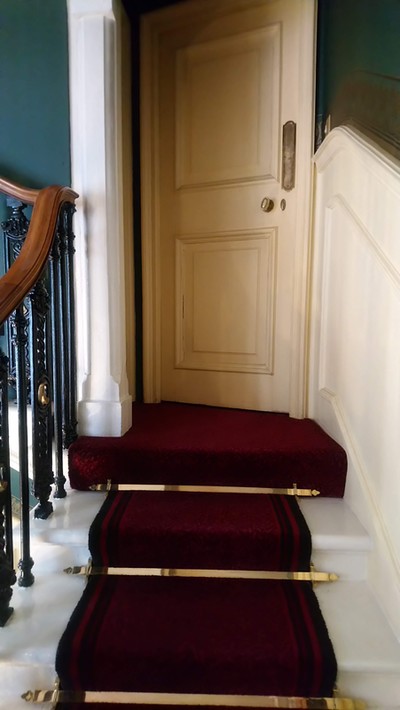




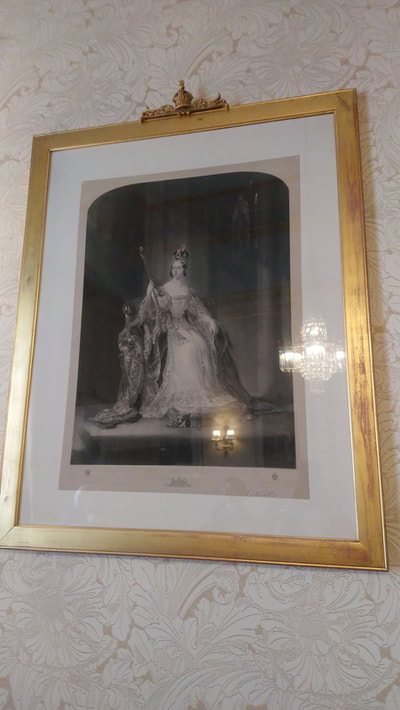



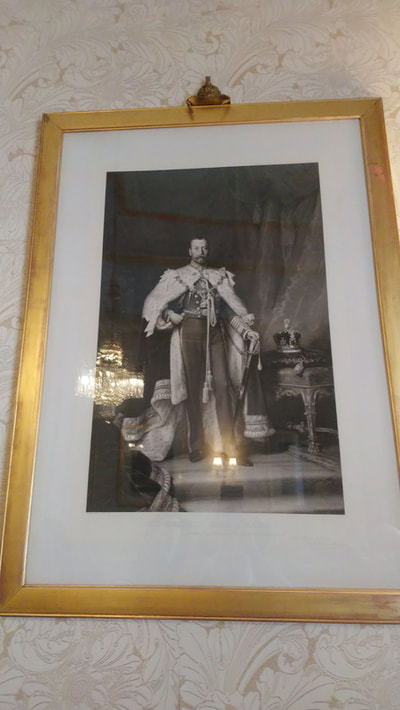
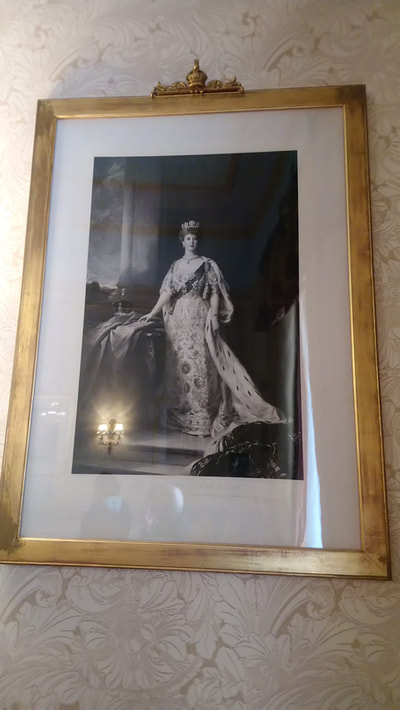



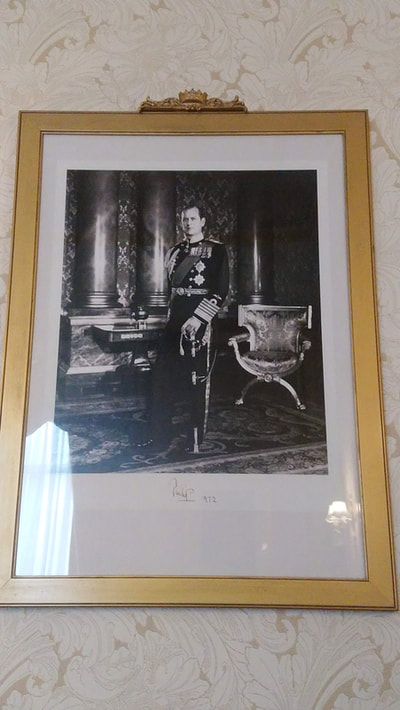


 RSS Feed
RSS Feed